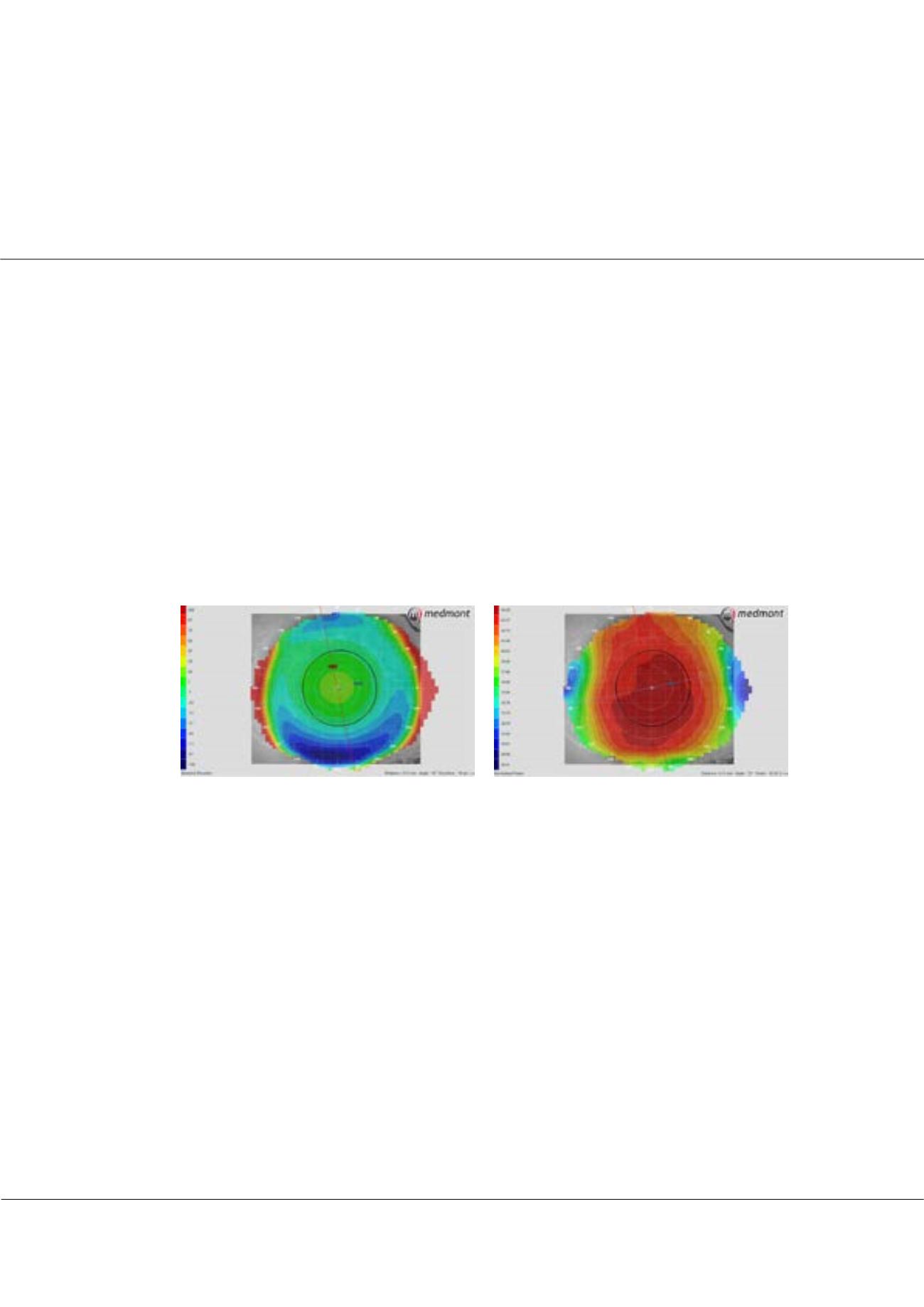

Page 64
conferenceseries
.com
Volume 3
Optometry: Open Access
ISSN: 2476-2075
Optometry 2018
October 08-09, 2018
October 08-09, 2018 | Edinburgh, Scotland
3
rd
International Conference and Expo on
Optometry & Vision Science
Toric orthokeratology contact lenses for patients with corneal elevation differences
Nicholas Gidosh
Lehigh Valley Eye Care Associates, USA
O
rthokeratology is a well-established process by which the corneal surface is reshaped in order to correct refractive
ametropia through the use of specific contact lens designs. Orthokeratology lenses are reverse geometry lenses specially
designed to have very low clearance over the pupil. These designs are comprised of different zones to either provide treatment
or stabilize the lens and can be organized into two broad categories: corneal refractive therapy (CRT, Paragon vision sciences,
Inc.) or vision shaping treatment (VST, Bausch + Lomb). This lecture will review fundamentals in orthokeratology as well
as troubleshooting common problems faced in practice. The presentation will then discuss more advanced design options
available to apply ortho-k fitting to more patients by focusing on toric designs as well as describing other ways of customizing
a fit. This will be done through discussion of elevation data obtained through a corneal topographer including how to measure
the values and apply it when designing an orthokeratology lens. Topographical data is critical in understanding the shape of a
patient’s corneal surface and thereby designing an appropriately fitting contact lens. Topographical maps will be discussed and
analyzed to explain how to troubleshoot different problems and guide custom lens design.
Recent Publications:
1. CC, Cheung SW and Cho P (2012) Toric orthokeratology for highly astigmatic children. Optometry and Vision
Science. 89 (6): 849–855.
2. J, Cardona G and Quevedo L (2012) Toric double reservoir contact lens in orthokeratology for astigmatism. Eye
Contact Lens. 38 (4): 245-251.
3. S W, Cho P and Chan B (2009) Astigmatic changes in orthokeratology. Optometry and Vision Science. 86 (12): 1352-
1358.
4. D, Malet J, Hoang-Xuan T and Azar DT (2011) Corneal elevation topography: best fit sphere, elevation, asphericity,
toricity, and clinical implications. Cornea. 30 (5): 508-515.
5. Salmon T O and Horner DG (1995) Comparison of elevation, curvature, and power descriptors for corneal topgraphic
mapping. Optometry and Vision Science.
Biography
Nicholas Gidosh is an Optometrist at Lehigh Valley Eye Care Associates in Allentown Pennsylvania. He has received his Doctor of Optometry Degree from
the Pennsylvania College of Optometry at Salus University, where he is currently doing his part time as a Clinical Instructor. He has also completed a Cornea/
Contact Lens Residency at the Michigan College of Optometry at Ferris State, and is a Fellow of the American Academy of Optometry. He has served as a Clinical
Investigator for studies involving hybrid, scleral, multifocal, and orthokeratology lenses. He has also presented lectures and posters at several conferences.
Nicholas Gidosh, Optom open access 2018, Volume 3
DOI: 10.4172/2476-2075-C1-008
Figure 1:
Shows an apparently
clinically spherical cornea.
Figure 2:
Shows more elevation difference, 21.5 microns,
than one may expect at the 8.00 mm chord, where the
alignment curve contacts the cornea.
















